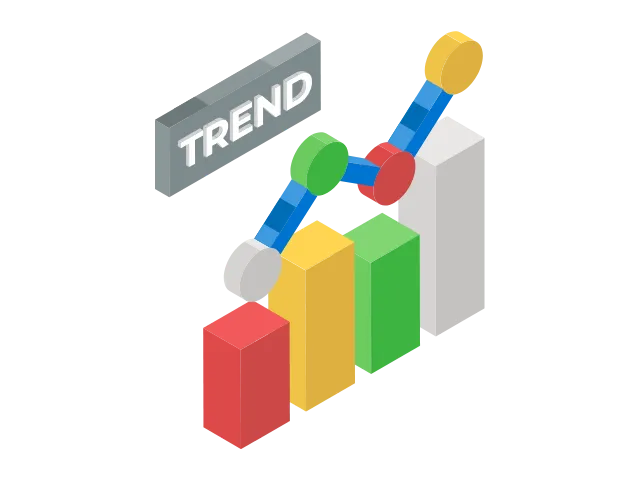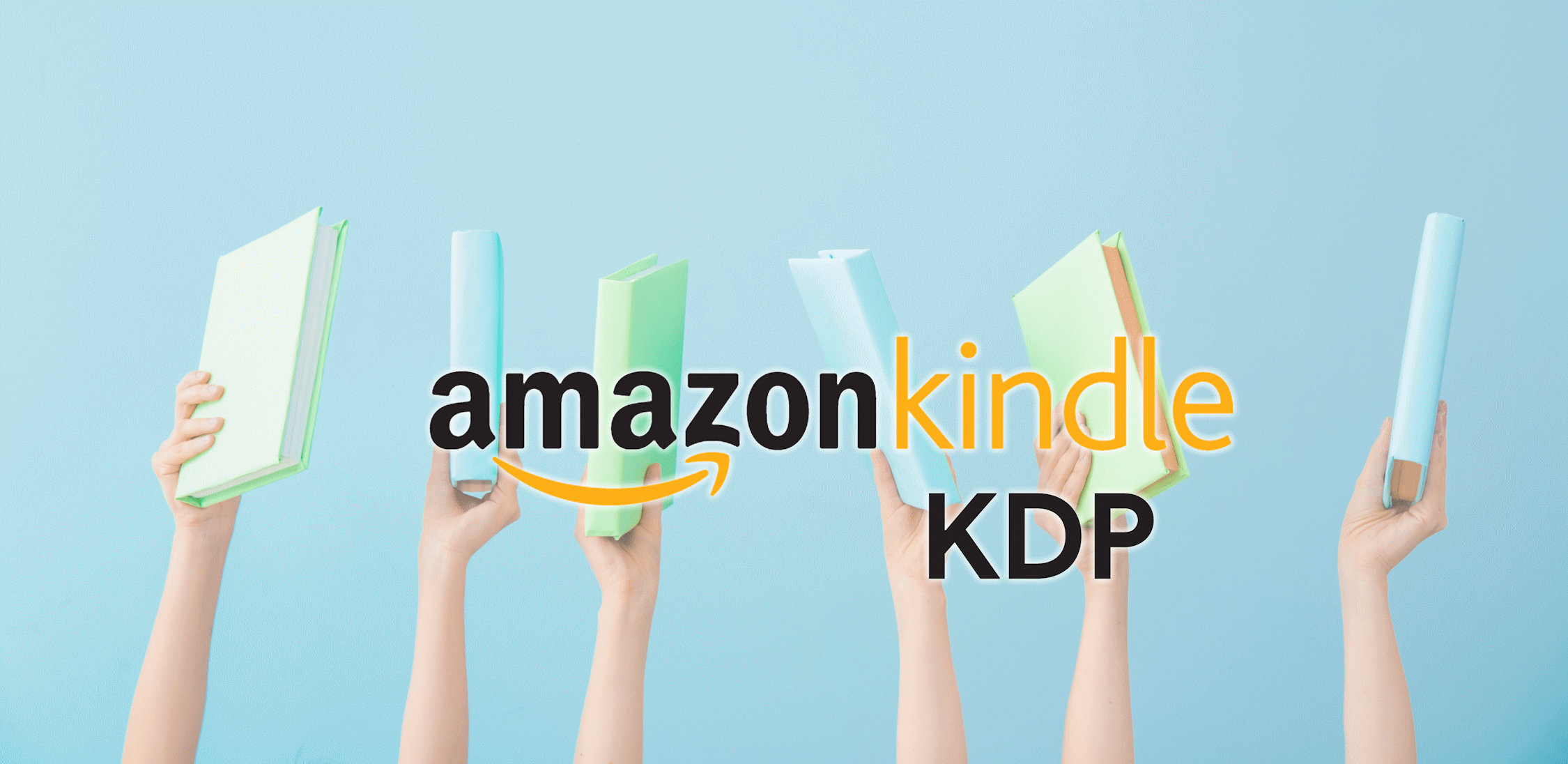Self-Publishing Market Overview
The world of publishing has changed significantly over the last decade, particularly with the rise of self-publishing platforms. This section provides insights into growth trends in publishing and the overall impact of self-publishing on KDP.
Growth Trends in Publishing

The global publishing market is expected to grow at an annual rate of 1% compound annual growth rate (CAGR) per year. In contrast, the self-publishing market is projected to grow at a staggering 17% CAGR. This dramatic difference highlights a shift in how readers consume content and how authors choose to publish their works (Amy Suto).
A noteworthy statistic is that approximately 30-34% of all ebooks sold are self-published. This trend reinforces the increasing acceptance and success of self-publishing as a viable option for authors looking to reach their audience directly.
| Publishing Method | Expected Growth Rate (CAGR) |
|---|---|
| Global Publishing Market | 1% |
| Self-Publishing Market | 17% |
Impact of Self-Publishing
Self-publishing has transformed the traditional landscape of the publishing industry. It allows authors to retain a greater portion of their profits, typically between 50-90% depending on the distribution channel. However, the actual royalties can vary due to factors such as location, VAT, taxes, fees, and currency conversion. Authors utilizing platforms like Amazon KDP have reported receiving an average of only 41% of their book sales.
Moreover, self-published authors are responsible for the entire publishing process, from writing and formatting their manuscripts to handling marketing. Unlike traditional publishing, where established distribution and sales teams manage these aspects, self-publishing requires the author to be proactive and engaged in the promotion of their work.
While self-publishing offers the freedom to publish directly, it may also lead to challenges. Authors may find themselves navigating formatting issues and lower royalty rates, which can impact profitability. For more detailed insights into formatting for KDP, check our article on formatting for kdp and learn how to maximize profit potential. Whether considering the role of self-publishing in the broader market or evaluating options to publish successfully, understanding these factors can inform decision-making for new authors entering the self-publishing space.
You Might Also Like:
Self-Publishing on Amazon KDP
Introduction to Kindle Direct Publishing

Kindle Direct Publishing (KDP) is Amazon’s platform that enables authors and content creators to publish their work directly to a global audience. Self-publishing on KDP has gained significant traction, with the self-publishing market expected to grow at an impressive 17% CAGR per year, compared to the global publishing market’s projected 1% growth. This growth indicates a shift in consumer behavior, with many readers gravitating toward ebooks, particularly self-published ones, which now account for approximately 30-34% of all ebooks sold.
Authors who utilize KDP can benefit from the platform’s user-friendly interface and access to KDP’s vast distribution network. Additionally, authors collectively earn over $520 million in royalties each year from KDP, making it an attractive option for aspiring writers. These features make KDP a viable path for anyone looking to enter the self-publishing arena.
Expansion to Paperback Publishing
Recently, KDP has expanded its services to allow authors to publish their works not only in Kindle format but also in paperback. Before this expansion, KDP exclusively supported the publishing of ebooks, limiting authors who sought to print physical copies of their work. This new feature allows for a diverse range of offerings for authors and readers alike.
The process of creating a paperback on KDP is designed to be straightforward. Authors can build their paperback covers using KDP’s tools, which provide options for creating spine, back cover, and front cover elements based on their existing ebook cover design. Text boxes for adding author biographies and book descriptions enhance the back cover.
For those interested in self-publishing on KDP, it is essential to familiarize themselves with the necessary formatting for KDP, as well as how to navigate the KDP author dashboard. Many authors are discovering the potential for revenue and success that self-publishing can offer, particularly with the option of KDP print on demand for paperback editions. Those looking to take the plunge into self-publishing can find detailed guidance in our article on how to publish on KDP.
You Might Also Like:
Process of Self-Publishing on KDP
Understanding the process of self-publishing on KDP is essential for anyone looking to share their work and potentially earn money from it. This section will delve into the uploading requirements and challenges faced by authors, as well as the important aspects of creating covers and book descriptions.
Uploading Requirements and Challenges
When utilizing KDP to self-publish both eBooks and paperbacks, specific uploading requirements must be met. For eBooks, authors can upload their manuscripts in doc or Word file formats. For paperback or hardcover editions, KDP requires authors to submit their files as PDFs.
Here are some common challenges authors may face during the publishing process:
| Challenge | Description |
|---|---|
| Formatting | Authors often struggle with the formatting of their Word files, particularly with page numbering and headers. Utilizing the KDP templates can simplify this process. |
| Pagination | The pagination process for paperbacks can be complicated, requiring extra effort to ensure documents are formatted correctly. |
| Cover Design | Cover creation is straightforward but requires understanding the dimensions and adjustments needed for spine and back cover designs. Authors should consider including a space for the author biography and book description on the back cover. |
Creating Covers and Book Descriptions

Creating an eye-catching cover and a compelling book description are vital elements for success on KDP. The cover must capture potential readers’ attention while also reflecting the book’s content. During the design process, authors should consider the following factors:
- Use colors that complement existing branding.
- Ensure the title is bold and readable.
- Incorporate different fonts for visual variety.
- Include standard interior book matter and ensure compatibility with Kindle functionality, such as text resizing.
For authors publishing both eBook and paperback editions, KDP simplifies the process by automatically including the book description from the Kindle version into the paperback edition. This ensures consistency and saves authors time in entering the same information multiple times.
In summary, understanding the uploading requirements and challenges, along with creating attractive covers and effective book descriptions, can significantly enhance the self-publishing experience on KDP. For more comprehensive guidance, authors can check our articles on how to publish on KDP and formatting for KDP.
Factors Affecting Self-Publishing Success
Understanding the dynamics of self-publishing can help authors maximize their potential earnings. Two critical factors that influence success are royalties and profit share metrics, along with a comparison to traditional publishing.
Royalties and Profit Share

Self-publishing platforms like Amazon KDP offer varying royalty rates that can affect overall profitability. While self-publishing may present higher percentage royalties, such as 41% for certain sales on platforms, various factors, including taxes, fees, and formatting requirements, can diminish earnings Medium.
Here’s a basic overview of the royalty structures on different platforms:
| Publishing Platform | Royalty % | Notes |
|---|---|---|
| Amazon KDP | 41% | Fees and taxes may apply |
| Sellfy | ~8% | Includes PayPal commission, offers direct sales control |
| Conventional Publishers | Lower % | Higher marketing support and potential for better overall earning |
Authors must carefully evaluate these royalties against the overall effort and costs associated with self-publishing. It’s essential to assess the risks and potential profits before committing to the self-publishing route, especially considering the reality that many authors struggle to make substantial income solely from book sales, as indicated by the average earnings of $8,000 for professional authors in 2014.
Comparison with Traditional Publishing
When comparing self-publishing to traditional publishing, it is crucial to consider both the benefits and drawbacks. Traditional publishers may offer lower royalty percentages but often provide substantial marketing budgets, allowing for more significant exposure and potential sales volume. This can lead to better opportunities for interviews, conference invitations, and long-term benefits in the author’s career.
| Aspect | Self-Publishing | Traditional Publishing |
|---|---|---|
| Royalty % | Generally higher (e.g., 41% on KDP) | Typically lower |
| Marketing Budget | Self-funded; limited support | Larger budget |
| Creative Control | Full control over content | May have limitations |
| Exposure Opportunities | Limited | More expansive, can lead to wider readership |
Authors transitioning from self-publishing to traditional publishing—sometimes called “hybrid” authors—can leverage successful self-published works to negotiate better deals with traditional publishers Nathan Bransford. Each author should weigh these factors based on their specific circumstances, project goals, and target audience, determining which route aligns with their publishing aspirations.
For more insights into successfully navigating self-publishing, check out our articles on how to publish on KDP and KDP print on demand. Additionally, utilizing tools like the KDP author dashboard can streamline the self-publishing process and help track success.











